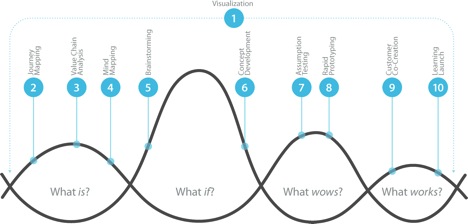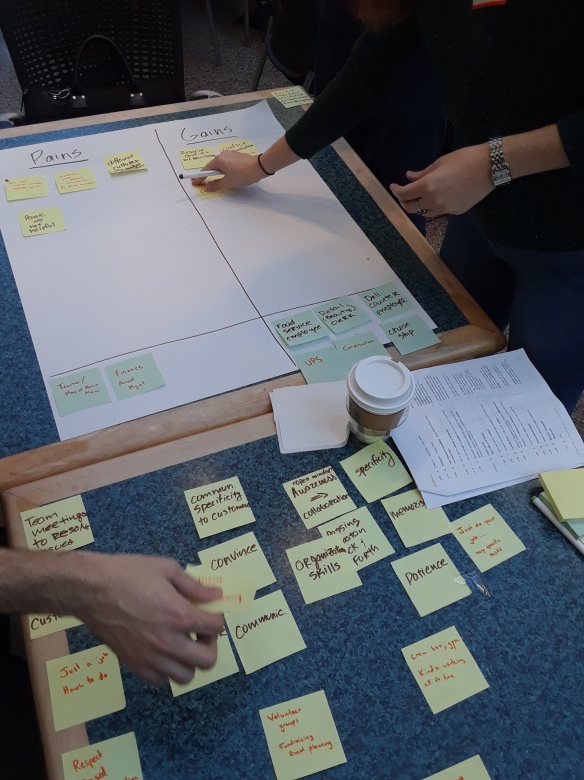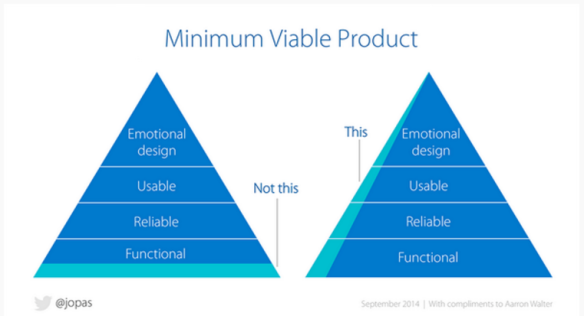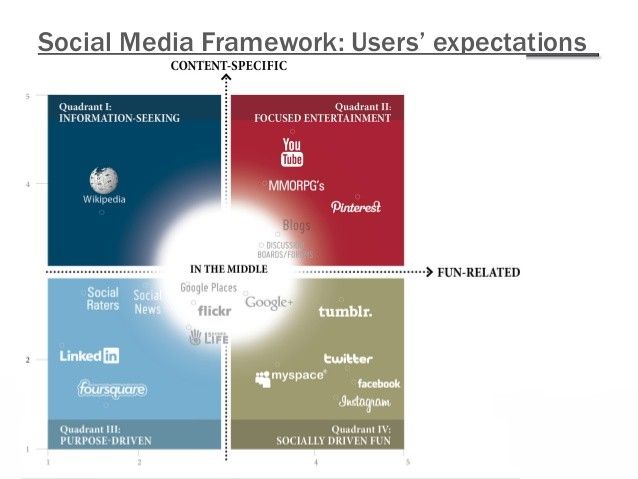Design Thinking (DT) is an iterative process in which we seek to understand the user, challenge assumptions we might have and redefine problems in an attempt to identify alternative strategies and solutions that might not be instantly apparent without an initial level of understanding. To fully understand how firms can use DT to enable the design of innovative products and services, I will discuss the main characteristics of DT, the DT processes and the tools used within the process.
Main characteristics

As mentioned above, DT is a methodology that seeks to get a thorough understanding of users. Advances in mobile technology and the shift from product-based economies to service-based economies are forcing companies to create new value propositions which inevitably impact the design of their business model. This can result in complex problems which cannot be resolved by using the analytical and strictly linear problem-solving people within organizations are used to. Due to this, Brown (2009) states that a mixture of analytical thinking (reliability) and intuitive thinking, which is what DT is based on, is what firms should be using.
Design Thinking Process
There are many processes out there that describe the DT process but are all based on the same principles of inspiration, ideation and implementation. For example, there is the d.School (established in Stanford) process:
- Empathise
- Define
- Ideate
- Prototype
- Test
And the Ideo 5 phases
- Discovery
- Interpretation
- Ideation
- Experimentation
- Evolution
I find the process by Jeanne Liedtka and Tim Ogilvie to be practical as it outlines four simple but powerful questions that drive the design thinking process. As well as outlining a process, Liedtka and Pigneur also assigned specific tools to each stage. The purpose of this as explained by Liedtka (2014) was to reduce the anxiety of people embarking on the DT process.
What is?
Explore the reality, and focus on the current problem that needs to be solved. This includes paying attention to what customers are struggling with, what frustrates them and what trade-offs they’d rather not have to be making. It’s also at this stage that design thinking considers the potential of value creation. As part of this analysis, we need to assess our own organizations capabilities and resources.
What if?
During this stage, we start to consider new possibilities, trends and uncertainties. We start to envision what a desirable future might look like. This stage leverages what we’ve learned in the first stage to imagine these possibilities.
What wows?
This stage of the design thinking process takes the wealth of ideas generated in stage two and culls them down to a manageable number. We do so by looking for those that pack a potential “wow,” that hit the sweet spot of solving the customer’s problem elegantly while also offering attractive profit potential. This is an iterative process, utilizing the scientific method to work through hypotheses and potential outcomes.
What works?
At this final stage, we take what we’ve learned from the analytical thinking we did in stage three and build a low-fidelity prototype. We then solicit customer feedback and use it to build a high-fidelity prototype. We can then take this semi-finished product to small groups of customers to see if they perceive sufficient value in it. At this stage, customer co-creation is a valuable way to reduce the risks of new product development, by enabling customers to help design it.
Tools to implement Design Thinking
Existing tools such as the Business Model Canvas (Isterwalder and Pigneur, 2010) and Value proposition canvas (Isterwalder and Pigneur, 2010) have been described by Kaland and de Lille (2016) as a basis to a discussion mostly to examine the current state or the desired state of the organization. However, they stated that these tools lack the ability to produce actionable insights to support an ongoing change process to transforming the organization towards becoming more user centred. There are many tools available now that can be used to help solve wicked problems, methods which are the very nature of Design thinking (Buchanan, 1992). For the purpose of this discussion, we will discuss the tools outlined by Liedtka and Ogilvie (2016).
- Visualization – by introducing ideas by drawing, it reduces the possibility of unmatched mental models when discussing the idea with a team. It provides scaffolding to create clarity that can be shared.
- Journey Mapping – this is an ethnographic method which maps out the user’s activity before, during and after their engagement with the product/service. The purpose is to produce a set of hypotheses for testing. Emphasis must be put on all aspects of getting the job done and the emotional and functional journey.
- Value Chain Analysis – Value chain analysis is the business-side equivalent of customer journey mapping. Analysis of the value chain offers ways to create better value for customers along the chain and uncovers important clues about partners’ capabilities and intentions.
- Mindmapping – used to represent how ideas or other items are linked to a central idea and to each other.
- Brainstorming – you must have a clear set of design criteria outlined in the first stage.
- Rapid concept development – assists us in generating hypotheses about potential new business opportunities. First stage involves coming up with as many ideas as possible, then to assemble them into a number of manageable concepts and finally to elaborate on the business design behind those concepts.
- Assumption testing – focuses on identifying assumptions underlying the attractiveness of a new business idea and using available data to assess the likelihood that these assumptions will turn out to be true.
- Rapid prototyping – techniques allow us to make abstract new ideas tangible to potential partners and customers. These include storyboarding, user scenarios, experience journeys and business concept illustrations.
- Customer co-creation – incorporates techniques that allow managers to engage a customer while in the process of generating and developing new business ideas of mutual interest.
- Learning launches – In contrast to a full new-product rollout, a learning launch is a learning experiment conducted quickly and inexpensively to gather market-driven data.
The illustration below shows where each tool falls in the process.

Example
A good example of a company that uses design thinking is Airbnb. When they first started out, they had a lack of growth and an unhealthy revenue stream. After a brainstorming session with Paul Graham of Y-Combinator, they realized that the photos of the homes were of poor quality. With their gut instinct (integrative thinking) they travelled to a home in New York, took good quality photos and after that, they saw an increase in revenue. After that they implemented other DT inspired initiatives:
- Become the patient: new employees stay at an Airbnb home and documents the experience (build on Empathy using observation/immersion techniques)
- Be a Pirate: employees are encouraged to take a risk and build on small features and if it’s a meaningful contribution, more people are added to the effort (collaboration)
- Ship on day 1: new employees are encouraged to come up with new features (experimentalism) soon after starting to get them to think fast and feel confident to attacking problems (optimism)
An example of an innovative feature by Airbnb is the wish list, designed to reduce the complexity of group bookings where it allows a group of people who are traveling together to choose places they would like to stay and allow them to choose as a group which one.







